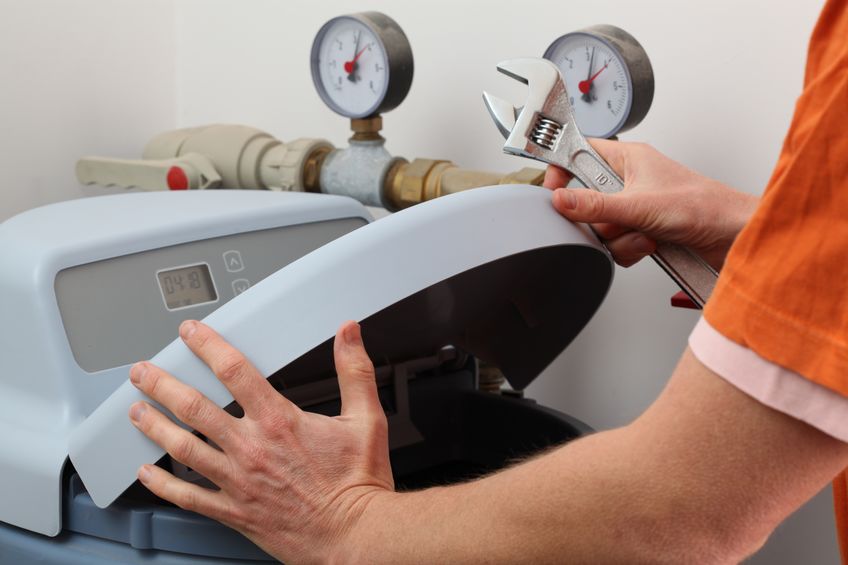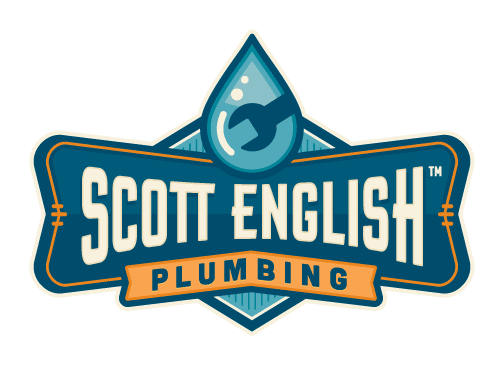Clogging Problems Caused by Water Softeners

There is no denying that water is one of the most important needs in our lives. It does not matter if it is for drinking, cleaning, preparing food, and other uses, it is one of the essentials we need each day. Unfortunately, at water goes through the distribution or supply lines of the city and into our home plumbing system, there can be certain problems encountered before we can use it.
How will you know if your problem with dropping water pressure and clogged plumbing fixtures is caused by a faulty water softening system? Here are some tips to help diagnose the problem.
The Softening Process
To help you better diagnose the problem, it is important to understand how the water softening process works. Majority of newer water softeners rely on an automatic regeneration system, which makes use of electric timers that will flush and recharge the system based on a predetermined schedule. As the water softening unit undergoes recharging soft water supply will not be available to your home plumbing.
There are also softening systems that make use of computer control to monitor the amount of water being used. When the sodium beads have become depleted because of the amount of water that has passed through the mineral tank of the system, the regeneration process is triggered by the computer. To make sure that a certain amount of soft water remains available to your home plumbing, this type of unit normally has a reserve resin that is activated as the system is being recharged.
There is also a mechanical water softening system. A mechanical water meter is used to control the system and measure the amount of water being used to activate the recharging process. One of the benefits of this type of water softening system is that it does not rely on any electrical component. Another benefit is that the mineral tank will only be recharged when it is necessary to do so. If configured with two mineral tanks, the system will be able to provide continuous softened water supply even if the unit is in the process of recharging.
Regardless what type of system you use, all of these relies on the resin to remove the different minerals found in the water and replace these with sodium.
Pressure and Clogging Problems
When you have water softening system installed, it is easy to suspect it as the cause of your dropping water pressure and clogging of showerheads in your home. But is there a way to verify this?
The first thing to do is to make sure that the drop in water pressure is not on the side of your water supplier. But, if the drop in water pressure is accompanied by the clogging of your showerheads, there is a high possibility that mineral deposits are scattered in your plumbing pipes or it is time to have the water softener resin replaced.
Unscrew the showerhead and turn on the water to see if it is clear. A clear water is a sign that the clogging is due to mineral deposits. Clean the showerhead by removing the clogs and placing it under running water.
However, if you turn on the water and sand-like particles are present in the water, then you have to replace the water softener resins. It is important to point out that the resins are not the same as the salt you put into the tank. The resins will eventually breakdown and as they do, they will find their way into the water line and result in showerhead clogging.
When this happens, the valves to the system should be closed and the bypass valve opened. This prevents damaging your water heater and plumbing fixtures. New resin installation normally costs around $200 to $250, which means there isn’t much savings if you do it yourself.
Call Scott English for Plumbing Services!
So, call Scott English Plumbing and have your water softener resins checked and replaced if necessary to extend the life of your plumbing appliances and fixtures.
SCHEDULE ONLINE